Vodka: Basic Information
Pronunciation
Alternative Name(s)
Drink Type
Mealtime
Popular Variations
Vodka: Origin and Region
Origin
Continent’s Region
Country’s Region
Associated Region
Vodka: Ingredients and Preparation
Main Ingredients
Main Preparing Method
Preparation Process
Vodka: A Deep Dive
Cultural Significance
Taste
Texture
Aroma
Color
Serving Style
Serving Temperature
Accompaniment
Occasions
Calories
Popularity
- Eastern Europe: Russia, Poland, Ukraine, Belarus
- Northern Europe: Sweden, Lithuania, Norway, Finland, Estonia, Latvia, Iceland
- Central Asia: Kazakhstan, Kyrgyzstan, Tajikistan, Turkmenistan, Uzbekistan
- North America: US, Canada
Popular Similar Drinks
- Gin
- Tequila
- Shochu
- Soju
- Rượu Đế
- Aquavit
Popular Dining Area
Vodka is a globally famous distilled alcoholic beverage originating in modern-day Poland, Russia, and Sweden. It can be made with ethanol produced from various ingredients, such as cereal grains, potatoes, sugarcane, honey, or even fruits.
Traditional vodka is colorless and has a clean, neutral taste. However, flavored vodka is also popular, with spices (especially cinnamon), fruits, chili pepper, and chocolate as common flavorings.
The standard alcohol volume by content (ABV) of vodka is 40%, but certain products can exceed this mark. Well-known examples are Rasputin Vodka (70%) and Xtreme Vodka (90%).
Poland and Russia consider vodka their national drink. Horilka, Ukraine’s most iconic beverage, is very similar to vodka. It is also common in other European, Central Asian, and American countries.
Since vodka has more or less the same alcohol content as gin, tequila, rum, and whiskey, it can be substituted with these alcoholic beverages in cocktails and vice versa. However, vodka has a cleaner and less complex taste than these beverages.
Continue reading for more fascinating facts about vodka, such as its lively history, popularity, and recommended drinks to mix or not to mix with it.
I will also show you the advantages, disadvantages, and common concerns of vodka before suggesting similar beverages.
Key Points
Vodka Images
What Is the History of Vodka?
Poland claims to have distilled vodka as early as the 8th century, while the alcoholic beverage was produced in Russia in the 9th century. However, this early form was quite different from the modern version.
Vodka as a distilled liquor emerged in the 14th century and became widespread in Poland and Russia. Its name was derived from the Slavic word “voda” (“water.”).
The distillation process was refined over time. By the 15th century, vodka started to be produced in larger quantities, and its quality began to improve.
The Russian government took control of vodka production in the early 19th century, which led to the standardization of vodka production and quality.
Vodka became popular in Europe and North America in the 20th century, particularly after WWII. As a result, you can now find vodka in many countries around the world.
How Popular Is Vodka?
Here is an overview of the countries in which vodka is popular.
| Regions | Countries |
|---|---|
| Eastern Europe | Russia, Poland, Ukraine, Belarus Part of the vodka belt (group of countries known for being major producers and consumers of vodka). |
| Northern Europe | Sweden, Lithuania, Norway, Finland, Estonia, Latvia, Iceland Also a part of the vodka belt. |
| Central Asia | Kazakhstan, Kyrgyzstan, Tajikistan, Turkmenistan, Uzbekistan Introduced to vodka during the Russian Empire and Soviet periods. These countries have vodka as one of the most popular alcoholic drinks, despite Islamic teachings. |
| North America | US, Canada People usually drink vodka neat or use it in cocktails. |
Russians love to serve vodka neat and not mixed with anything, while Americans are fond of using it in mixed drinks. Let me show you the best and worst beverages to mix with vodka.
Which Drinks to Mix and Not to Mix With Vodka?
When making a cocktail or similar concoctions with a vodka base, be sure to follow the recommendations below.
Citrus Juices: Lemon, lime, and orange juices are great for creating refreshing cocktails with vodka.
Vermouth: Vodka can substitute gin to create a martini.
Coca-Cola: Vodka and Coke is a refreshing and inexpensive drink. Other soft drinks, like lemon-lime soda and Sprite, are also ideal ingredients.
Cranberry Juice: The combination of vodka and cranberry juice, such as Cape Codder, is both delicious and aesthetically pleasing.
Tonic Water: Vodka tonic is a simple and popular drink, often garnished with a lime or lemon wedge.
Soda Water: For a light and low-calorie option, vodka can be mixed with soda water and a squeeze of citrus.
Energy Drinks: The caffeine in energy drinks can mask the depressant effects of alcohol, leading to a higher risk of overconsumption. Drink such cocktails, like Vodka Red Bull, in moderation.
Large Quantities of Acidic Juices: Too much acidic juice (like lemon or lime) can upset the stomach, especially when combined with alcohol.
Strong Spirits: Mixing vodka with strong spirits, such as whisky, can increase the overall alcohol content of your drink, which might result in quicker intoxication and a worse hangover.
Wine: Combining wine, especially red wine, with vodka isn’t advised because of the same reason as strong spirits.
Next, let’s delve into the possible benefits and drawbacks of vodka.
Pros and Cons of Drinking Vodka
Vodka consumption comes with various advantages and disadvantages, as explained below.
Pros
Cons
Check out the FAQs section to complete your understanding of vodka!



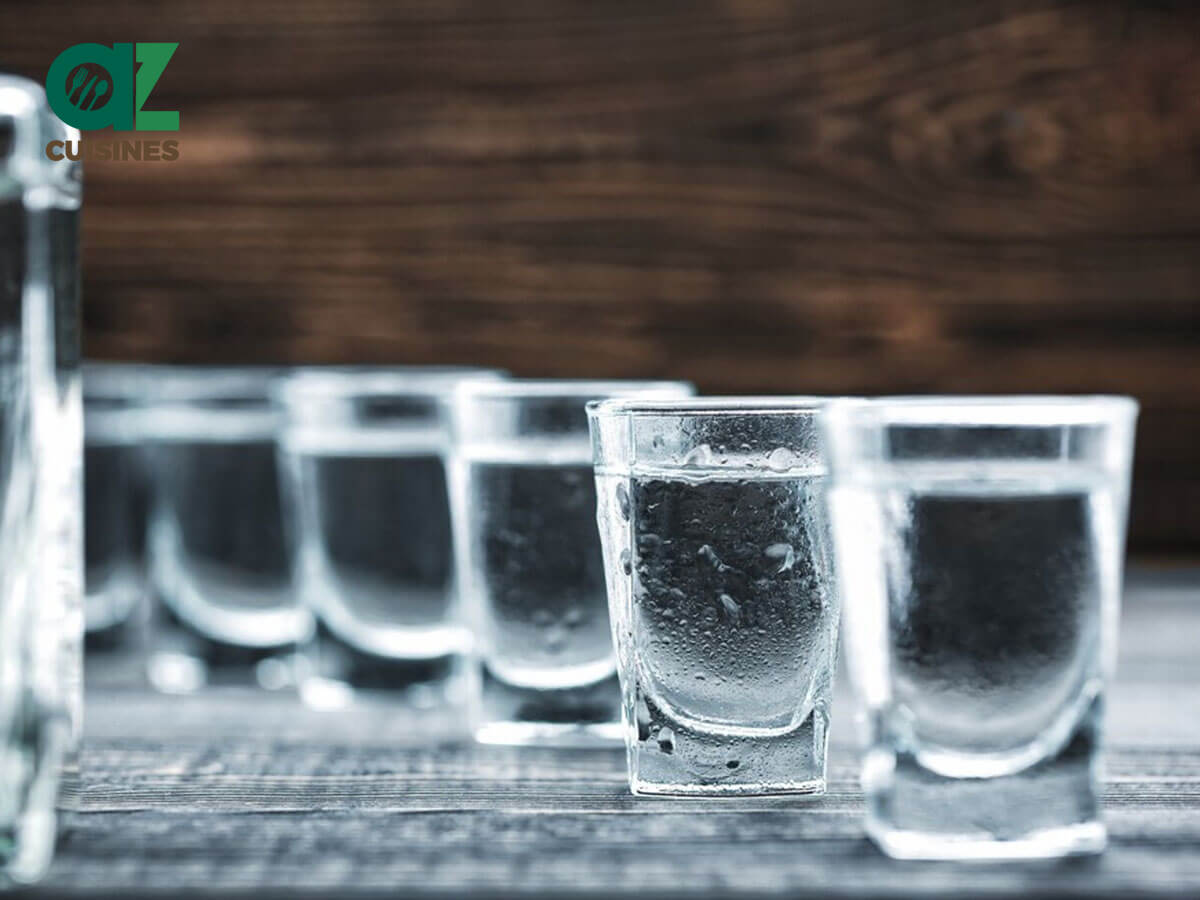


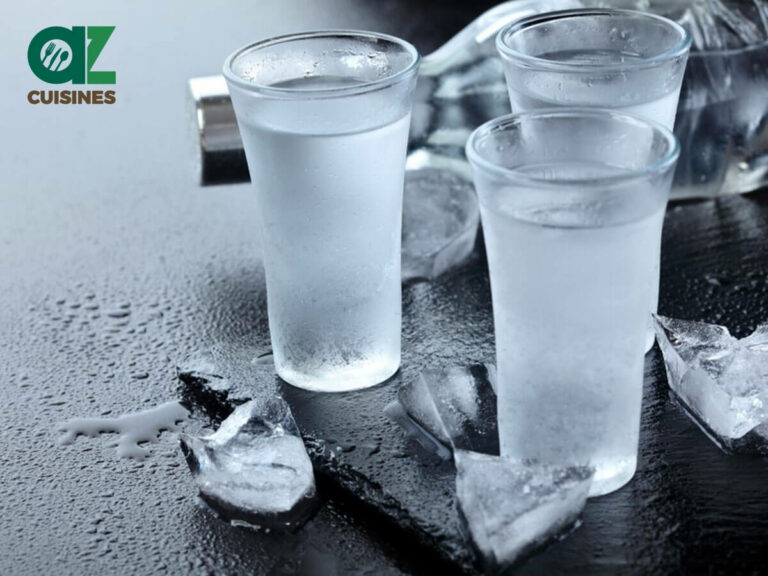


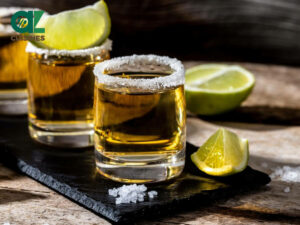
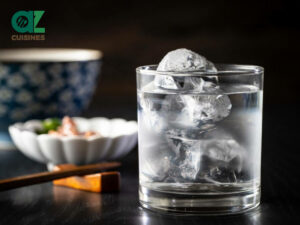


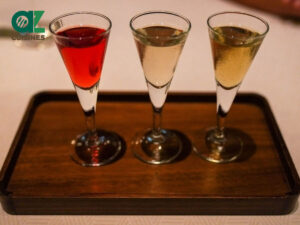
Adam Sam
Senior Food and Drink Editor
Expertise
Food Writer & Recipe Developer, Recipe Tester, Bartender, Cooking-video Maker, Editor In Chief
Education
Adam Sam, an experienced food writer and recipe developer, is passionate about blending diverse culinary traditions, national dishes, and innovative beverages, showcasing his proficiency in both traditional and modern recipe testing.
As the Editor-in-Chief, he elevates culinary content from street food to fine dining, focusing on Western cuisine and types of drinks at azcuisines.com, and is professional in creating engaging cooking videos that simplify complex dishes and ingredients.
His passion for food is evident in his writing, where he uniquely merges various cultures, traditions, and contemporary trends, skillfully combining classic recipes with modern cooking methods.